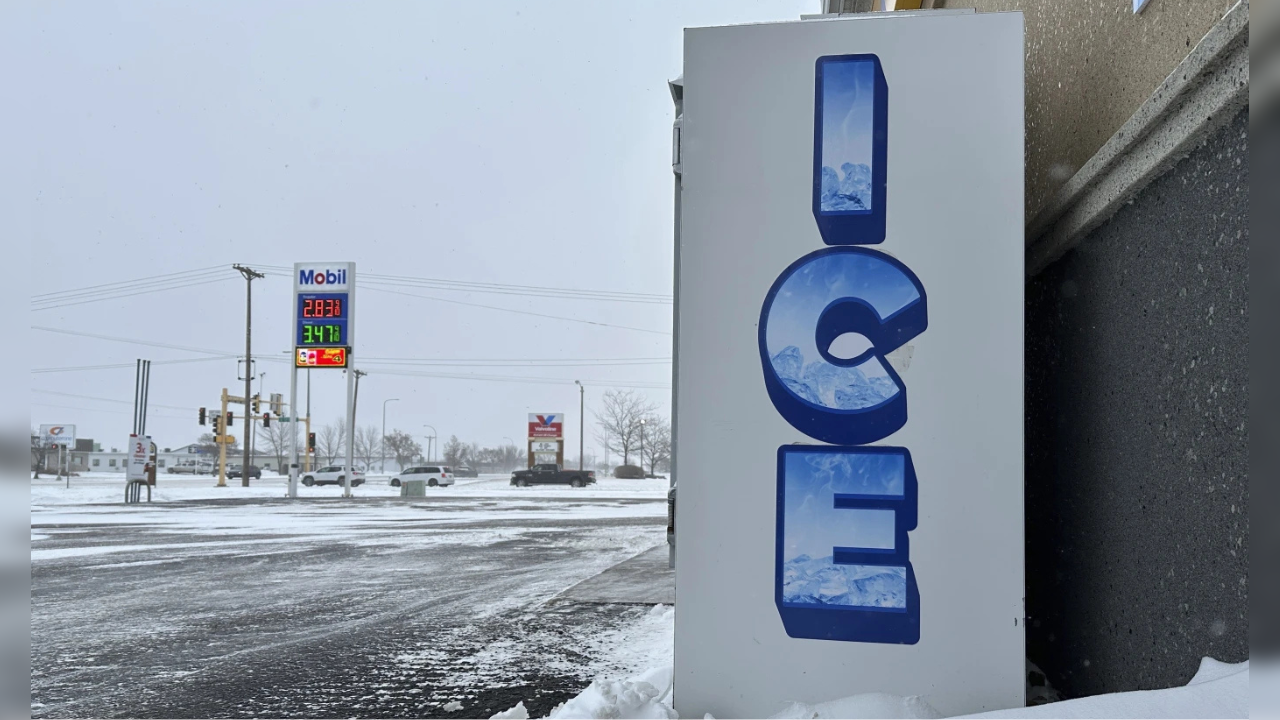Travel
Total solar eclipse could cause air travel delays: FAA

A total solar eclipse set to deliver a stunning display in the sky on April 8 could be trouble for some air travelers and pilots due to possible flight delays, the Federal Aviation Administration warned.
The eclipse — which will pass over Mexico, the United States and Canada — is expected to impact air traffic and airports along the eclipse’s path from April 7 until April 10, the FAA said in a notice about special air traffic procedures. This could mean delays for air travelers, too — especially as the eclipse overlaps with spring break travel, the agency said Wednesday.
The FAA estimated that any air travel impacts from the eclipse would be felt from April 7 at 6 a.m. until April 10 at midnight.
“While most travelers are heading to their favorite vacation destinations, a significant number of travelers are heading to various states to witness ‘The Great North American Eclipse’ on Monday, April 8,” the FAA said in a news release.
A man takes a picture of a partial solar eclipse in San Salvador.
Sopa Images/SOPA Images/LightRocket via Getty Images
“Travelers flying along the eclipse path may encounter limited parking and potential delays at airports due to the high volume of aircraft and drones attempting to witness the total solar eclipse,” the FAA said.
A total solar eclipse — which happens when the moon passes between the sun and Earth, completely blocking the face of the sun — is a draw for many people since it can be rare. The last total solar eclipse that was visible in the U.S. took place in 2017, according to NASA.
Many travelers are planning to fly to the states where the eclipse is expected to be most visible: from Texas to New England, the FAA said. Airports in these states will be most affected, the agency said.
“Some are even planning their flights to be airborne during the actual eclipse,” FAA Aviation Safety Expert Kevin Morris said.

Air travel to see the eclipse intersects with spring break travel, which the FAA predicted will make next week “the busiest of the season.”
The busiest travel days are expected to be March 28, April 4 and April 5, with more than 50,000 flights expected on several of those days, the FAA said.
The FAA is working to make sure pilots are prepared for the eclipse, too, and are offering guidance to commercial and private pilots that includes anticipating larger-than-normal numbers of aircraft and drones in the area, potential delays and limited parking at some airports.
“And remember, never look directly at the sun,” Morris added.
It’s not safe to look directly at the sun during an eclipse without specialized eye protection for solar viewing, NASA says.
Delays and cancellations are low but can happen, the FAA said, reminding travelers to check the status of their flights and get important travel tips on the FAA website before heading to the airport.










